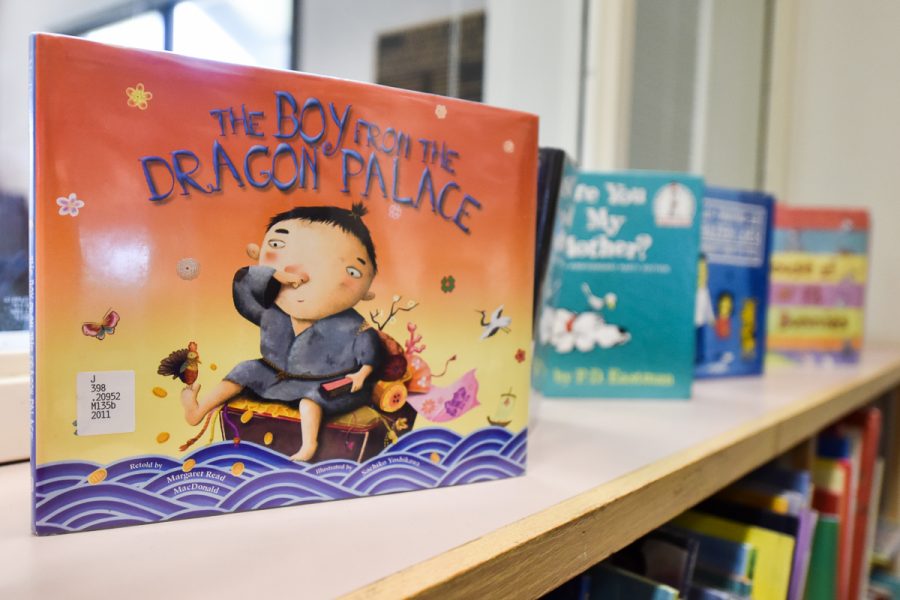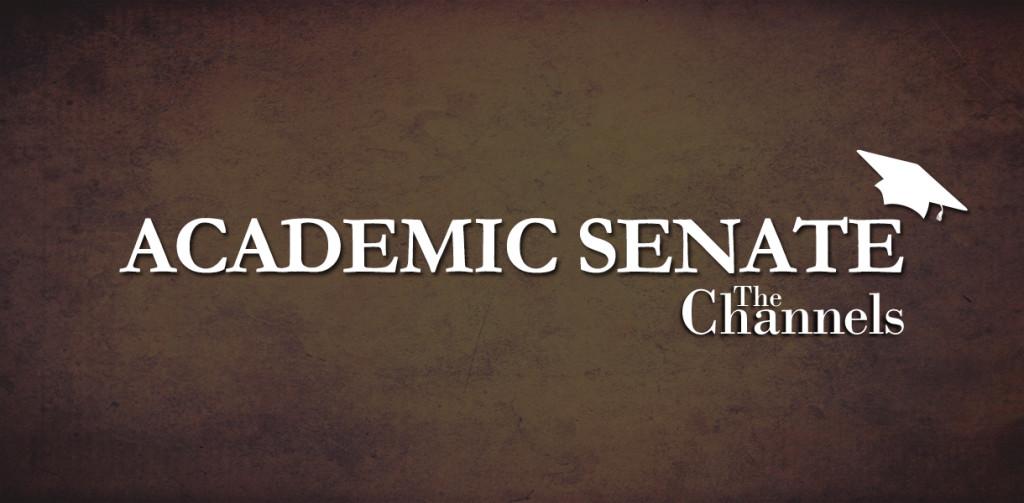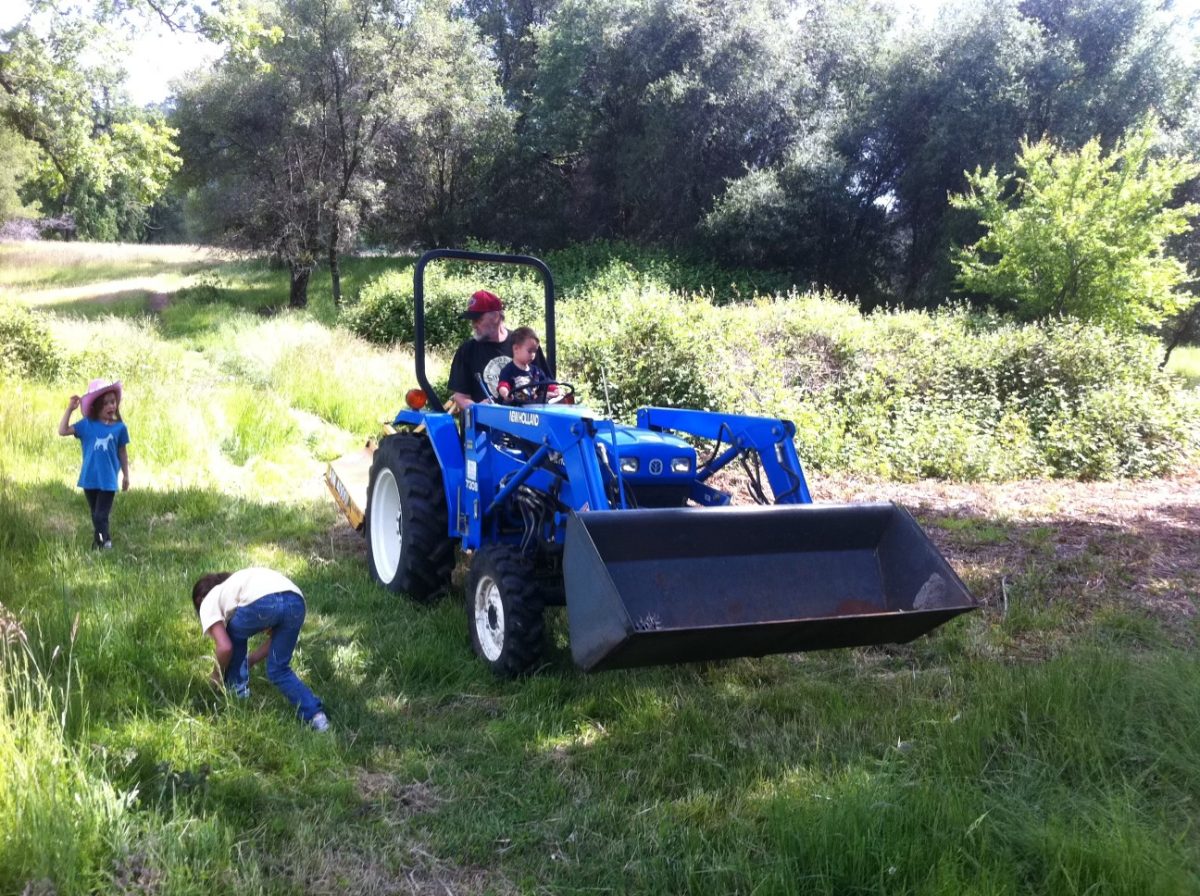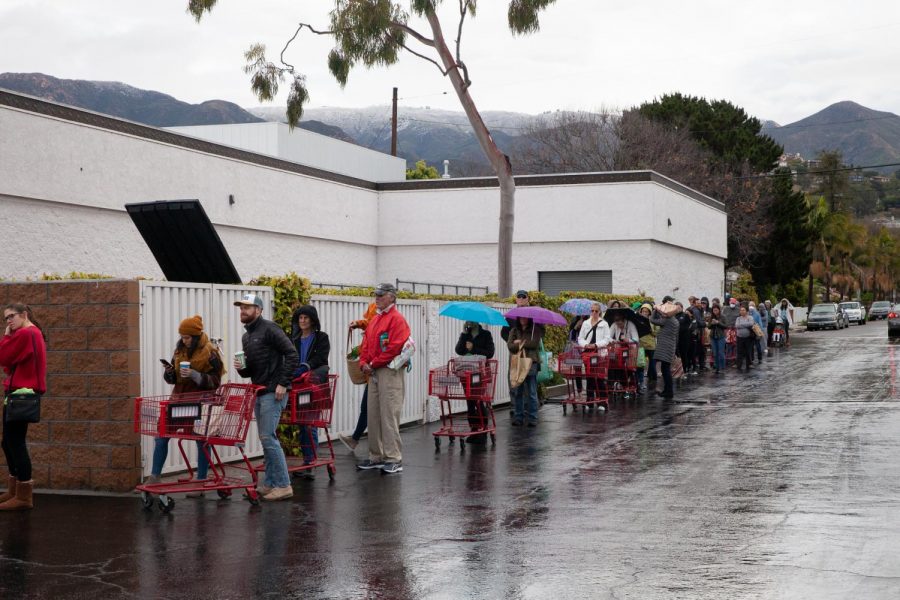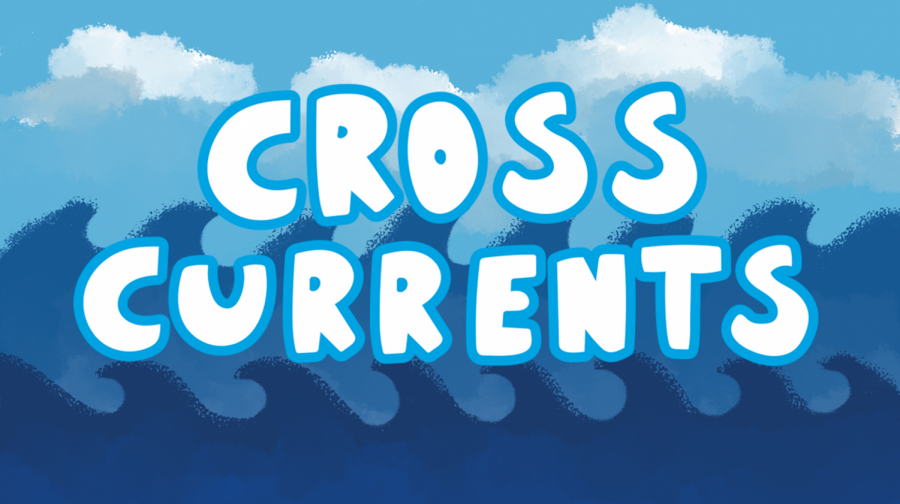It’s well known by now that online education is increasing in popularity for all ages.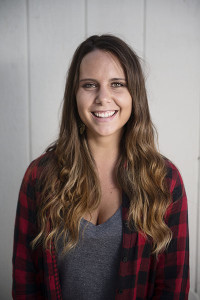
Anyone, anywhere, anytime has the ability to become a student for nothing more than the cost of a database password and an Internet connection.
From basic arithmetic, to introduction to guitar, to computer science and programing, any subject is accessible on the web.
At todays collegiate level there is hardly an institution that doesn’t offer a majority of their curriculum online.
However, while colleges are providing online classes for student and faculty convenience, further advancements surrounding the educational process can be made.
Emanating from the idea of online education, administrators of lower grades are catching on and following suit with a more “hands on” approach to the new medium. They have developed a method that could benefit college students as well.
College classes all seem to promote the same thing, memorization.
But what is memorization, without application?
This is where online education has the potential to really advance the learning process.
Three years ago, Clintondale High School became the first “flipped school.”
A “flipped” school is when teachers record their daily curriculum on video, which students are able to watch on their computers, tablets and smartphones from home.
In class, they do what was previously known as homework. Students complete exercises and projects as well as practice other direct activities while the teacher is there to supervise and give additional help.
Many schools all over the country are experimenting with “flipped classrooms,” testing the process and technique in hopes to have the same positive reaction from their students.
Online practices, such as flipping, are shaking up the traditional educational process of teaching in the classroom and then applying the material at home.
Even though flipping is still considered to be in its early development, investigating all aspects and outcomes, the concept is a design that’s highly accepted as online education continues to be a topic of immense controversy.
Many people criticize online education, simply focusing on the advancement of technology in the lives of adolescents.
However, the idea of a flipped classroom promotes the complete opposite idea. The concept is to free-up time in the classroom while the professor is there to help individual students.
This idea creates a hands-on environment for college students to learn by doing.
A flipped classroom implies a change of several cognitive factors.
Students would have the ability to simply re-watch the online lecture if they find themselves confused or in need of note improvements.
This allows students to be fully engaged in the lecture.
In my experience as a student, many young adults, especially at the college level, refuse to ask questions or participate in class in fear of looking stupid. But the flipped technique eliminates the large classroom discussion anxiety.
These two influences will stimulate the college classroom greatly, allowing in-class time to be an environment for nothing but questions and in-person corrections from the professor.
While not advocating that every college should flip every course, having the ability to work in a more hands-on, practical environment would benefit certain college-level courses.
Being the only example of a fully flipped environment, Clintondale’s results have been seen and considered as an extreme progression. From this success, colleges should be looking into creating a similar program.
A flipped classroom is a variation of the educational process that supports the students from the ground up, encouraging the personalization of collegiate level education.
Learning should not be a spectator sport.



